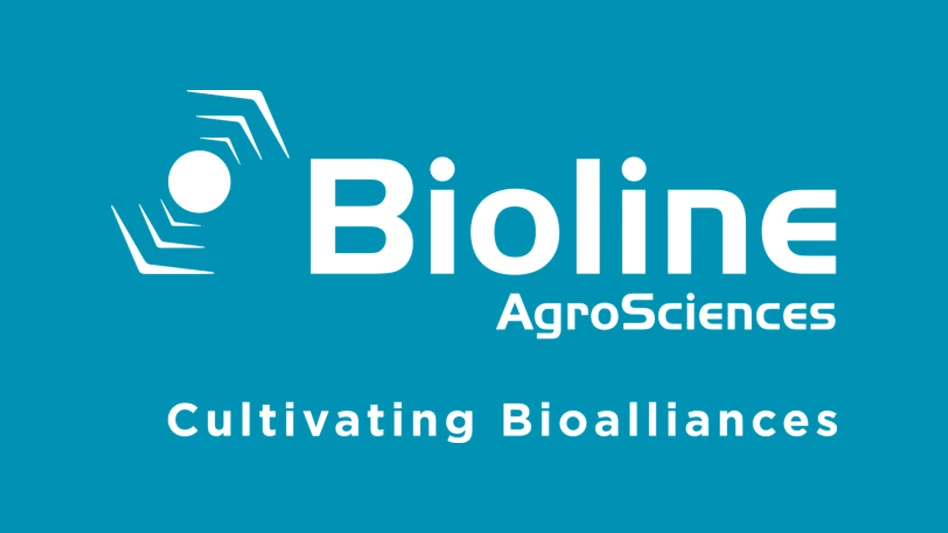
Every company regardless of its size or industry shares several common factors.
Intentionally or not, every company has a reason for existing beyond making money, a strategy, tactics, operations, a level of execution, leadership, teamwork, and interfaces with people in the marketplace. I want to focus on that last item.
No matter how well the organization does things internally, it is the ability to interface with people outside of the company that will largely determine its success. And there’s one primary test that you should consider in all of these marketplace interfaces:
Does the message that is being sent from your company match with what you want to be known for as an organization?
Intentionally work to build your brand
I define a brand as the value people think they receive from an organization when they buy its products or services. I also define a brand as the value people think they will receive if they do buy from that organization.
No company owns its brand because its brand exists
You must try your best to send messages out into the marketplace that
Here are the steps involved in intentionally working to grow your brand:
- Write down what you want your organization to be known for.
- Think about every interaction
any one in your organization has with people outside of your organization. - Work to influence how people in your organization think so they consciously deliver messages that represent what you want your organization to be known for.
Let’s say a local grocery store wants to be known for highly personalized service with good products at reasonable prices.
The store interfaces with the marketplace through advertising and through what its employees say to their neighbors and people they interact
And in a lot of
There’s the message. It’s consistent with what the store wants to be known for.
Answer these questions
Really think about the answers and write them down.
- What do you want your organization to be known for?
- What are the messages you want
delivered into the marketplace about your organization?
Make sure your organization truly does what it says it wants to be known for, and then encourage every employee to talk about the organization in the way you want it to be talked about. Make sure every corporate message and every piece of advertising supports the type of organization you want to be known for.
Brands are built in many ways both big and small, and they all have to be consistent with one another.
Look for and address disconnects
There are two types of messages that go out from your organization into the marketplace: planned and unplanned.
When a planned message (advertising, official statements, television interviews, etc.) in retrospect turns out to not support what you want your organization to be known for, you can discuss it and make adjustments in the future.
The more challenging messages are those that come from people inside the organization and go out into the marketplace that
I suggest you meet with that person right away. Ask why he or she feels that way. See if there is a real issue that needs to be addressed within the organization. Let the person know how important it is to discuss these issues inside the organization and not in the marketplace because his or her voice has increased credibility because he or she works for the organization.
The messages your organization sends out into the marketplace are extremely important. Do they match with what you want to be known for as an organization?

Explore the February 2018 Issue
Check out more from this issue and find your next story to read.
Latest from Nursery Management
- March 2025 issue recap
- Gratitude as a marketing strategy
- Leading Women of Horticulture: Katie Dubow, Garden Media Group, and Aubry Field, Lizzy Blossom
- Leading Women of Horticulture: Arden Pontasch, North Creek Nurseries
- Super Charged Moon Juice from Moon Valley Nurseries now available nationally
- 2025 Proven Winners Horticulture Scholarship applications now open
- Leading Women of Horticulture: Anna Ball, Ball Hort, and Terri McEnaney, Bailey Nurseries
- Leading Women of Horticulture: Crystal Cady and Elizabeth Brentano





